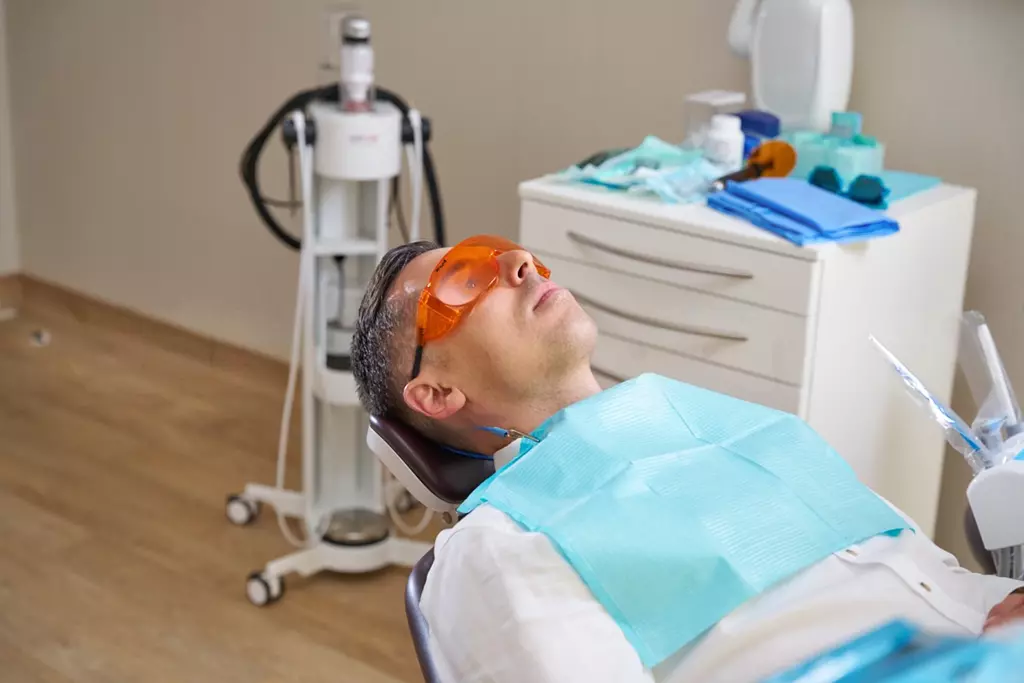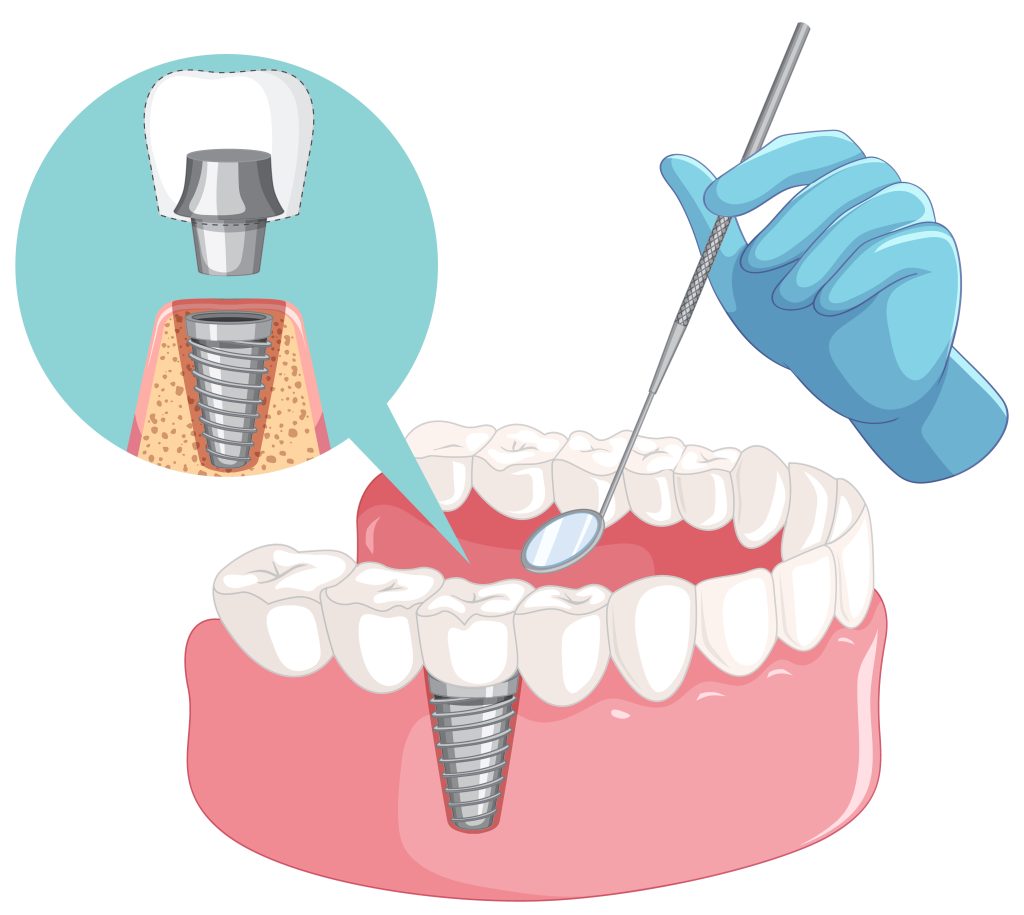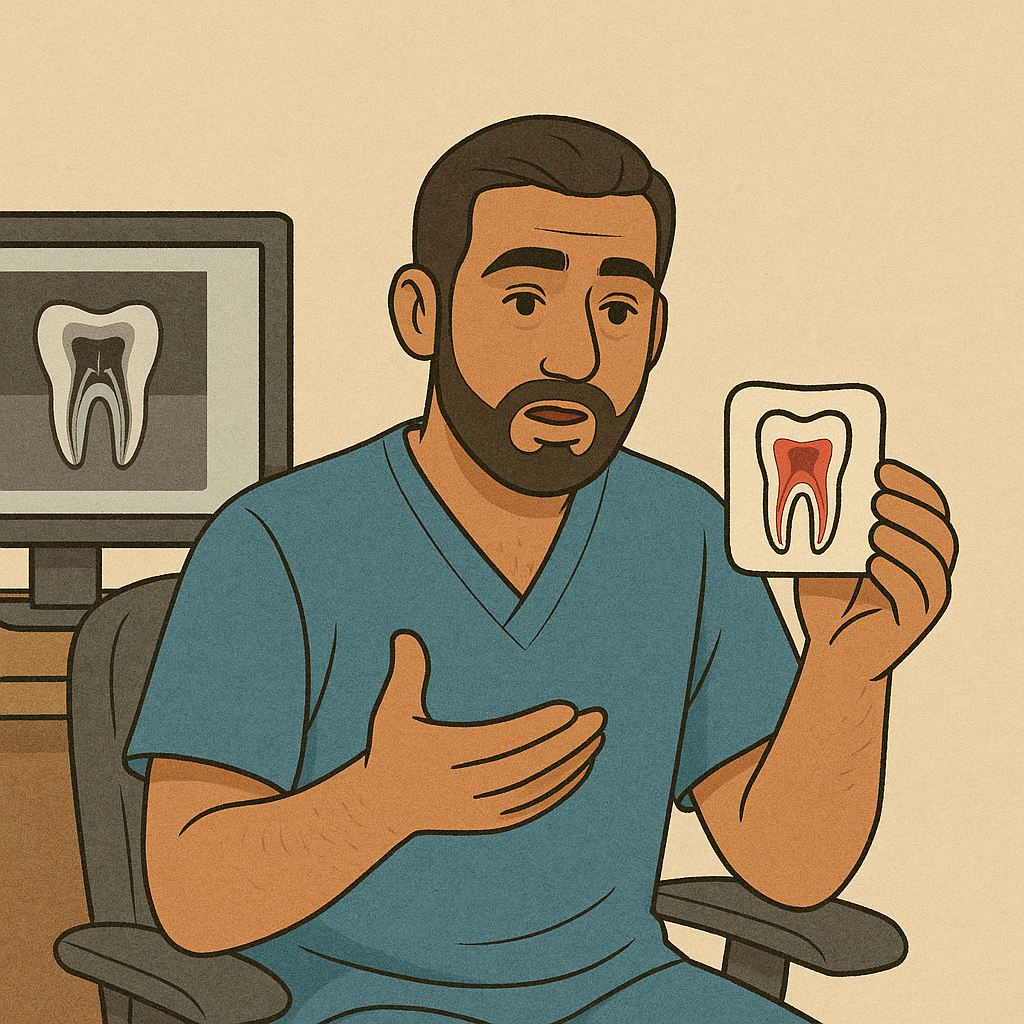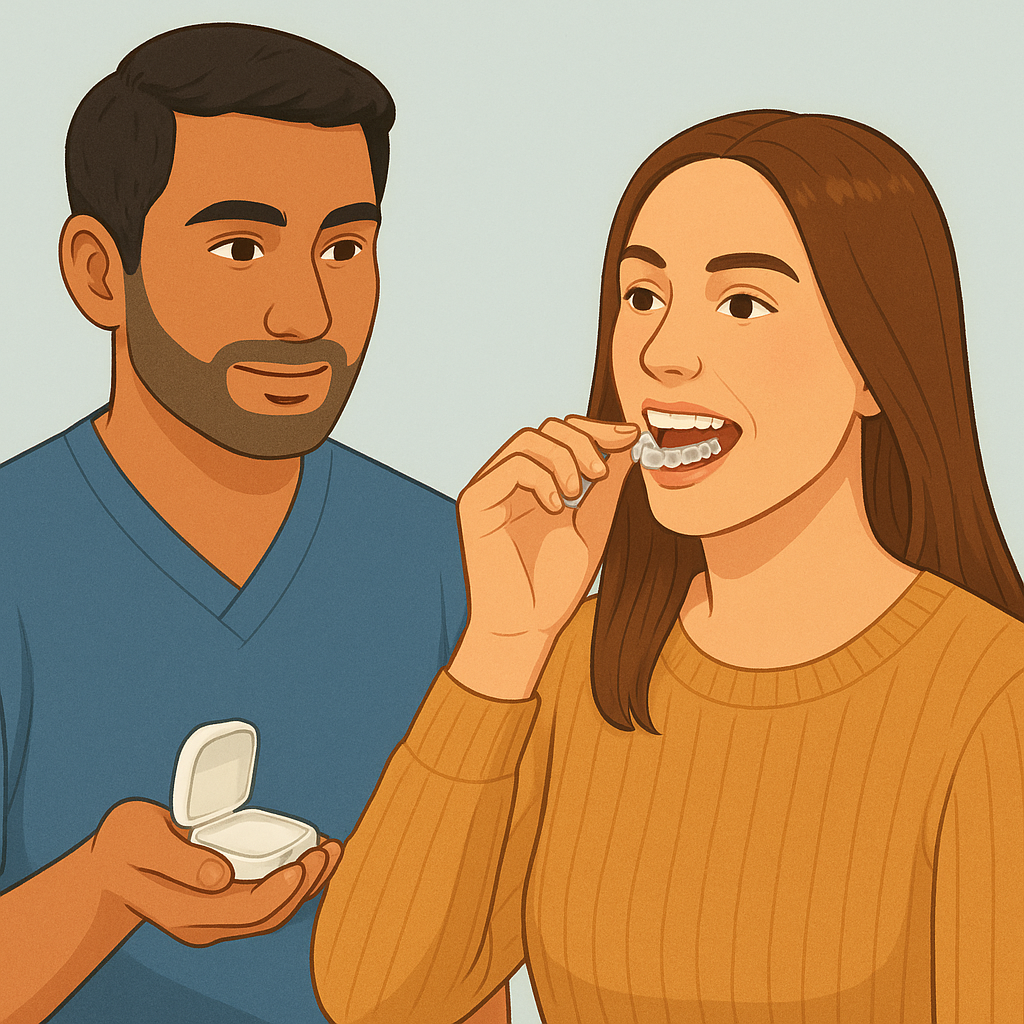Gum Recession Treatment: Causes, Procedures, and Prevention
Causes of Gum Recession
- Periodontal Disease – Bacterial infections that weaken gum tissues and cause recession.
- Aggressive Brushing – Brushing too hard or using a hard-bristled toothbrush can wear down gum tissue.
- Poor Oral Hygiene – Plaque buildup leads to gum inflammation and eventual recession.
- Genetics – Some individuals are more prone to gum recession due to inherited factors.
- Teeth Grinding (Bruxism) – Excessive grinding exerts pressure on gums, leading to recession.
- Misaligned Teeth – Uneven pressure on teeth and gums can cause gradual tissue loss.
- Smoking and Tobacco Use – Constricts blood flow to the gums, reducing their ability to heal.
- Hormonal Changes – Fluctuations during pregnancy or menopause can increase gum sensitivity and recession risk.
How Is Gum Recession Treated?
The treatment approach depends on the severity of the recession. Common treatment options include:
1. Scaling and Root Planing (Deep Cleaning)
For mild cases, a deep cleaning procedure removes plaque and tartar buildup beneath the gum line to prevent further recession.
2. Gum Grafting Surgery
For more advanced recession, a gum graft may be necessary. This involves taking tissue from another part of the mouth (often the palate) and attaching it to the receding gums to cover exposed roots.
3. Pinhole Surgical Technique (PST)
A minimally invasive procedure where small holes are made in the gum tissue to reposition and cover exposed roots without the need for grafting.
4. Tissue Regeneration
If gum recession has led to bone loss, regenerative procedures using membranes, proteins, or graft materials may be used to encourage tissue and bone regrowth.
5. Desensitizing Treatments
Specialized dental products such as fluoride varnish or bonding agents can help reduce tooth sensitivity caused by exposed roots.
What to Expect After Gum Recession Treatment
- Mild Discomfort and Swelling – Some soreness is normal and can be managed with pain relievers.
- Soft Diet – Eating soft foods like yogurt, soup, and mashed potatoes helps minimize irritation.
- Improved Gum Appearance – Grafts or repositioning techniques enhance the aesthetics of the gums.
- Sensitivity Reduction – Covering exposed roots helps reduce discomfort from hot or cold foods.
Preventing Gum Recession
- Use a Soft-Bristled Toothbrush – Gentle brushing helps protect gum tissue.
- Practice Proper Oral Hygiene – Floss daily and use fluoride toothpaste to maintain healthy gums.
- Avoid Smoking and Tobacco – Improves gum health and circulation.
- Wear a Mouthguard – If you grind your teeth, use a guard to protect gums from excessive pressure.
- Regular Dental Checkups – Early detection of gum disease can prevent progression to recession.
When to Contact a Dentist
Seek dental advice if you notice:
- Increased tooth sensitivity.
- Teeth appearing longer due to gum loss.
- Bleeding, swelling, or discomfort in the gums.
- Loose teeth or deep pockets forming between teeth and gums.
Conclusion
Gum recession is a serious condition that can lead to long-term dental issues if left untreated. Fortunately, modern treatment options can restore gum health and prevent further damage. If you experience signs of gum recession, consult your dentist to determine the best treatment plan for your oral health.




















